Guatemala: The Color and Passion
It is 3 AM and I roll over, fumbling in the dark for my iPhone alarm as it erupts with incongruous church bell sounds—a clanging that awakens me from my dream. For a moment, I don’t know where I am. It is Good Friday, and I remind myself that I am in Antigua, Guatemala, with my friend, Sister Judy Bourg. We are here to participate in the festivities of semana santa (Holy Week), and the action starts in the middle of the night. The last time I awoke at 3 AM was to nurse an infant, and that was a long time ago.
My first fuzzy thoughts this early morning are that arising at 3 AM is a little crazy, given that we are two women traveling in one of the most dangerous countries in the world (according to US State Department warnings). It is pitch black outside, and we will be sitting ducks walking the streets at this hour.
I throw some clothes on, and take a lot of deep breaths. Our humble hostel does not provide coffee until 7 AM.
I. Must. Wake. Up.
We both enter the street and are met by Roman soldiers on horseback, equine hooves clattering on the cobblestones. The costumed soldiers juggle their spears as they text on their cell phones. Groups of men dressed in purple satin robes line up in preparation for their part in this Passion Play, while thousands of the faithful head toward the main plaza to view the processions of Holy Week. Immediately my fears subside. I feel no danger here. Instead, I am swept up in the throng of children, parents, and travelers who have come to witness this spectacle of color, drama, music, and art.
I see artists on their hands and knees constructing the alfombras—the carpets of exuberant color and design created on the cobblestone streets. Brightly hued sawdust, flowers, grasses, and vegetables make up the palette. All city traffic stops for the next 18 hours while people create tapestries of beauty in these climactic days of semana santa. The art is transient. It will disappear when the processions slowly trample over the intricate designs later in the day.
Judy and I spot an espresso shop and we both sip the miracle of caffeine. I never had a bad cup of coffee anywhere in Guatemala—from the tiniest outdoor vendor to the barista preparing the cappuccinos and mochas. A woman sells me a delicious empañada, filled with pineapple, warm from the oven. We munch on this goodness while waiting for the procession, listening for the mournful dirge of the timpani and the slow ponderous music of the band. It is 3:45 AM, and there is nowhere else on earth I would rather be than standing in this crowd on Good Friday. I feel safe, nurtured, warm, and alive. And very awake.
In most of Latin America, the big day during semana santa is Good Friday, the day of the crucifixion. The focus seems to be on the trial and suffering of Jesus during the last days of his life. Easter Sunday and the message of the risen Christ are almost an afterthought. There are no Easter bunnies and colored eggs in Guatemala. Holy Week builds toward the drama of Good Friday.
Warming our hands around hot cups of coffee, Judy and I wait in the darkness for the dramatic procession to begin. Men and boys in their purple hooded robes fill the streets swinging incense holders of copal, and a pungent smoke fills the air. It is a purple haze of people scurrying in preparation for the processions. A faint distant drum beat penetrates the early morning darkness, and soon I hear a funereal march played by a band of musicians dressed in black. The timpani sets the tempo, and the two copper drums are pulled on a cart as the timpanist walks behind, keeping a slow, steady cadence.
Then come the andas—the floats carrying Christ, followed by his mother, Mary. Eighty or more men struggle carrying an anda weighing over 1000 pounds. The float sways back and forth precariously. The faces of the men grimace under the weight. Women dressed in black carry the anda of Mary, Christ’s mother. Their faces are solemn, devoted, and focused. They are in another world.
The whole spectacle creates an emotional impact that takes me totally by surprise. The expressions of the men struggling to carry the anda seem to reflect the suffering Christ as he carries the cross. It doesn’t matter if you believe this Christian story of pain and redemption. The drama of the music, the andas, and the faces of the suffering touch a deep chord. The audience is hushed. People are in tears.
I am not a person to dwell on the suffering and agony of Christ’s death on the cross. My idea of Easter Week is more in line with the “Hallelujah, He is Risen” spectrum of things. But I was dumbstruck by the intense emotion of the semana santa procession. The facial countenance of the men and women carrying the andas says it all. Life is damn hard. And suffering is a part of it. We won’t sugar coat this. We will persevere.
I have no answers to the suffering I see in the world. Witnessing the trauma each week at the comedor often silences me. I have no words. The images stay with me. The migrants are frightened and often alone.
And yet, their sheer doggedness and oftentimes blundering attempts to cross the border wall and get to a better place humble me. Many people make it. Many don’t. Their anguish somehow makes them stronger. Even time spent in US detention centers builds strength and determination. People change when faced with danger and suffering. The courage of the migrants transcends their suffering.
The people of Guatemala and all of Latin America understand the dynamic of suffering and strength far better than I. Viktor Frankl’s book, Man’s Search for Meaning, explores the idea that there is meaning in suffering. He makes the point that suffering is a part of life, as is love and death. Life is not complete without these things.
I think of Frankl, and his survival of the Nazi death camps. I think of the passion and creative expression of the people of Guatemala. But most of all, I think of my migrant friends crossing the desert of Arizona, doing their best to survive and preserve their human dignity.
They are all my heroes on this Good Friday.
My book, A Land of Hard Edges, is now available in most bookstores in southern Arizona, your local library, or Amazon.com.
Please direct comments and thoughts to the “Comments” section of this blog. Peg Bowden can be reached at: pegbowden1942@gmail.com
If you wish to receive regular postings to this blog, register in the Announcement List space in the right-hand column, and you are automatically on the email blog list.
The Green Valley/Sahuarita Samaritans is a non-profit organization; the mission is to prevent deaths in the desert. Information and contributions can be directed to: www.gvsamaritans.org
Kino Border Initiative directs the activities of the comedor in Nogales, Mexico. The mission is to help create a just, humane immigration policy between the United States and Mexico. The website is: www.kinoborderinitiative.org
The Border Community Alliance is an exciting new organization in southern Arizona focusing on the economic, cultural and humanitarian needs of the Arizona borderlands. BCA is now a 501 3(c) nonprofit entity. The website is: www.bordercommunityalliance.com

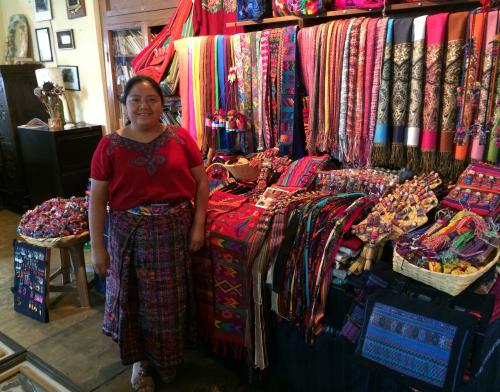
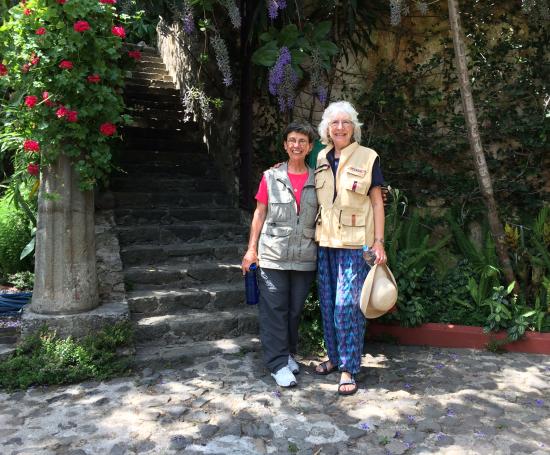
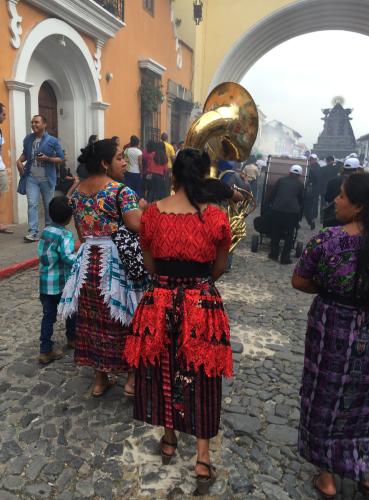
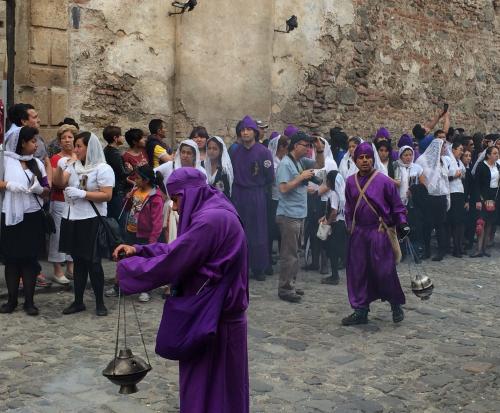
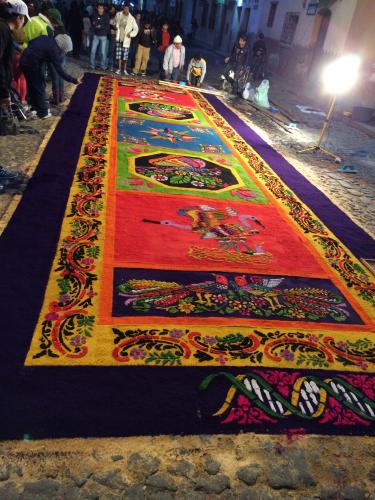
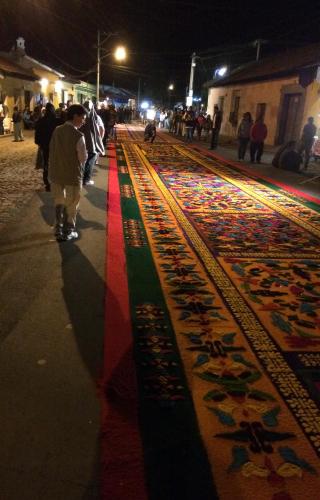
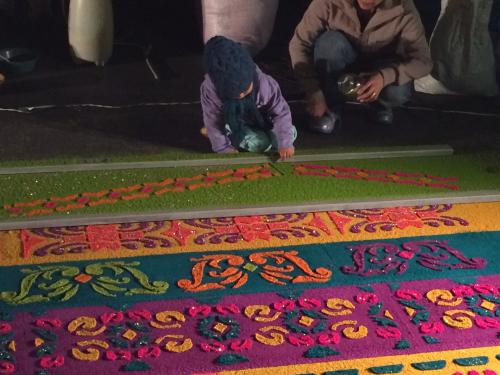
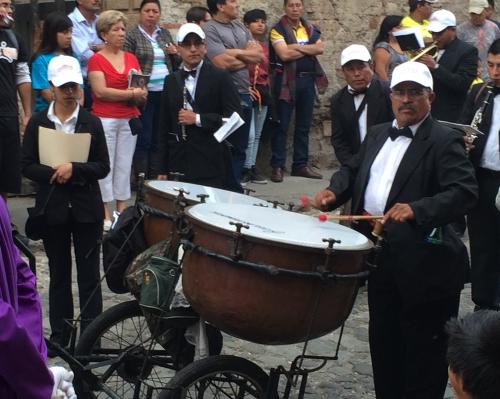
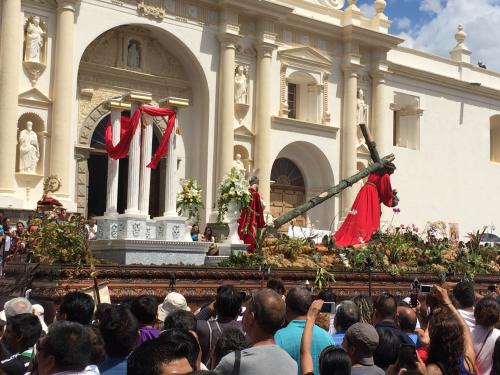
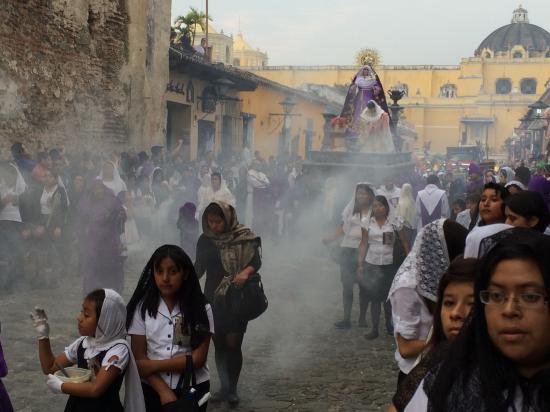
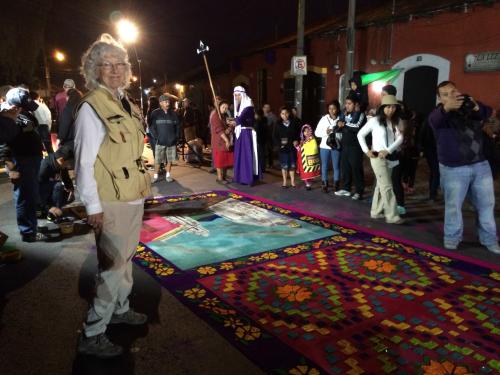
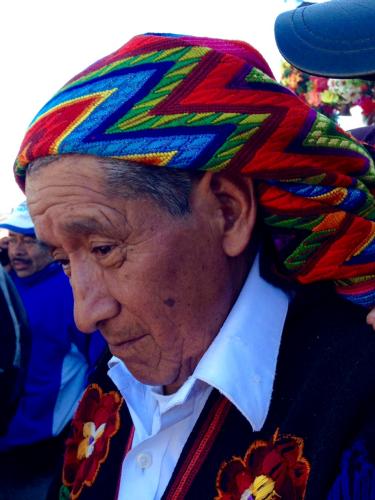
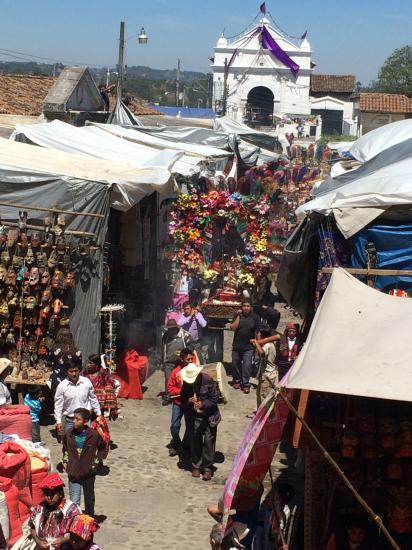
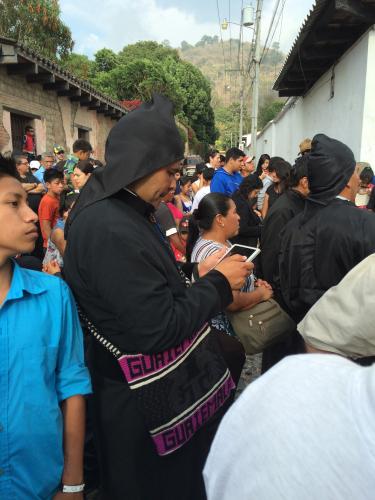
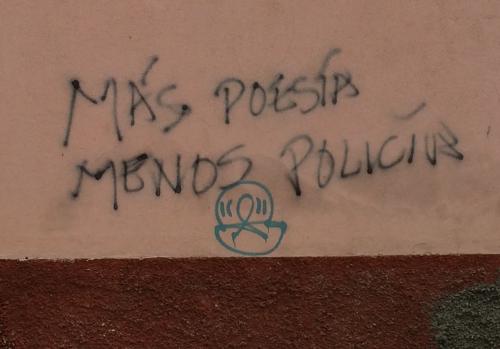
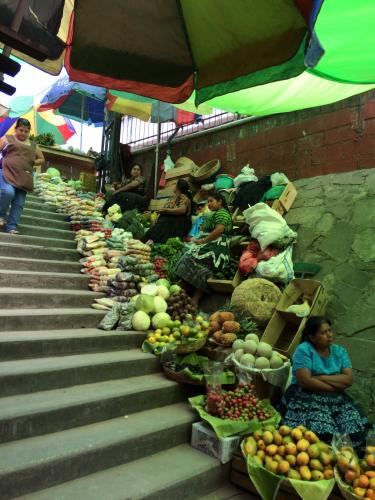
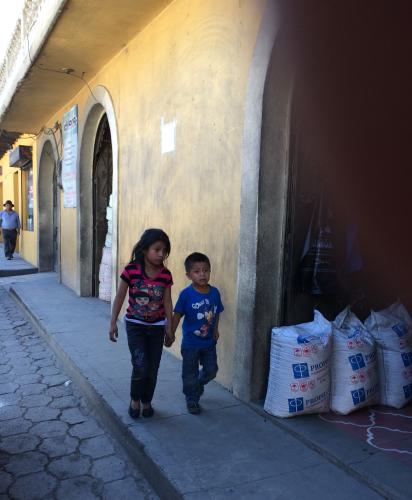

Peg. Loved hearing and seeing the vivid pageantry, colors and passion r/t your travel experiences in Guatemala! It’s always good to learn what you’ve been exploring. The tears welled up again when I got down to your brother’s much too soon departure. Those memories are so precious. I am glad you took the time to record them along with some family photos. Hope all is well with you. We all look forward to your Oregon stops this summer and hope the area will be protected from the hazards of fire and smoke. Safe travels and many blessings, Barbara
Peg
Amazing photos, descriptions and experience. Glad you were able to travel there.
Bonnie
What a beautifully written and reported dispatch. And the photos!
“Life is damn hard. And suffering is a part of it. We won’t sugar coat this. We will persevere.”
Thank you, Peg
This is terrific! What an amazing experience. And great photos.
Thanks for this! So glad you were there with Judy. The perfect companion for this trip.
I was in Antigua once for Good Friday – and I forgot it was Good Friday! I happened out to mail a letter and saw the procession. I froze. Return the the hotel for my camera? What if it was all over when I came back?
Thankfully, I stayed. It was the very end of the procession. What a gift to have seen any of it!
Beautiful photos and as always, your descriptions are wonderful. What a great
experience to share with the people there.
what rich and utter beauty! i feel blessed just seeing these photos.
I had a similarly wonderful experience in Guatemala and wrote several blog posts about it that may interest you.
http://www.artandpoliticsnow.com/2012/05/lake-atitlan-chichicastenanga-and-antigua-dreams-and-realities/
http://www.artandpoliticsnow.com/2012/05/tikal-a-few-thoughts-by-a-non-specialist/
http://www.artandpoliticsnow.com/2012/04/guatemala-part-i-museums-in-guatemala-city/
Peg,
Thank you for the trip to Guatemala during Holy Week.
Years ago my husband and I were in Antigua for Spanish immersion — Byrd was so correct when she wrote the article for “The Connection” where she insisted ‘ayuda me’ was really all one needed to know —
The alfrombras, the processions — in Antigua, and then we went to a very poor village — where the santos were dressed with scarves and neckties for their procession.
Back in Antigua for Palm Sunday, we were walking out of church, and I said to Frank, “Holy Week is so impressive, what can Easter be?”
A woman turned around and said in perfect English, “We are poor. We know suffering. Holy Week we know.”
Poverty comes in more ways than money — always